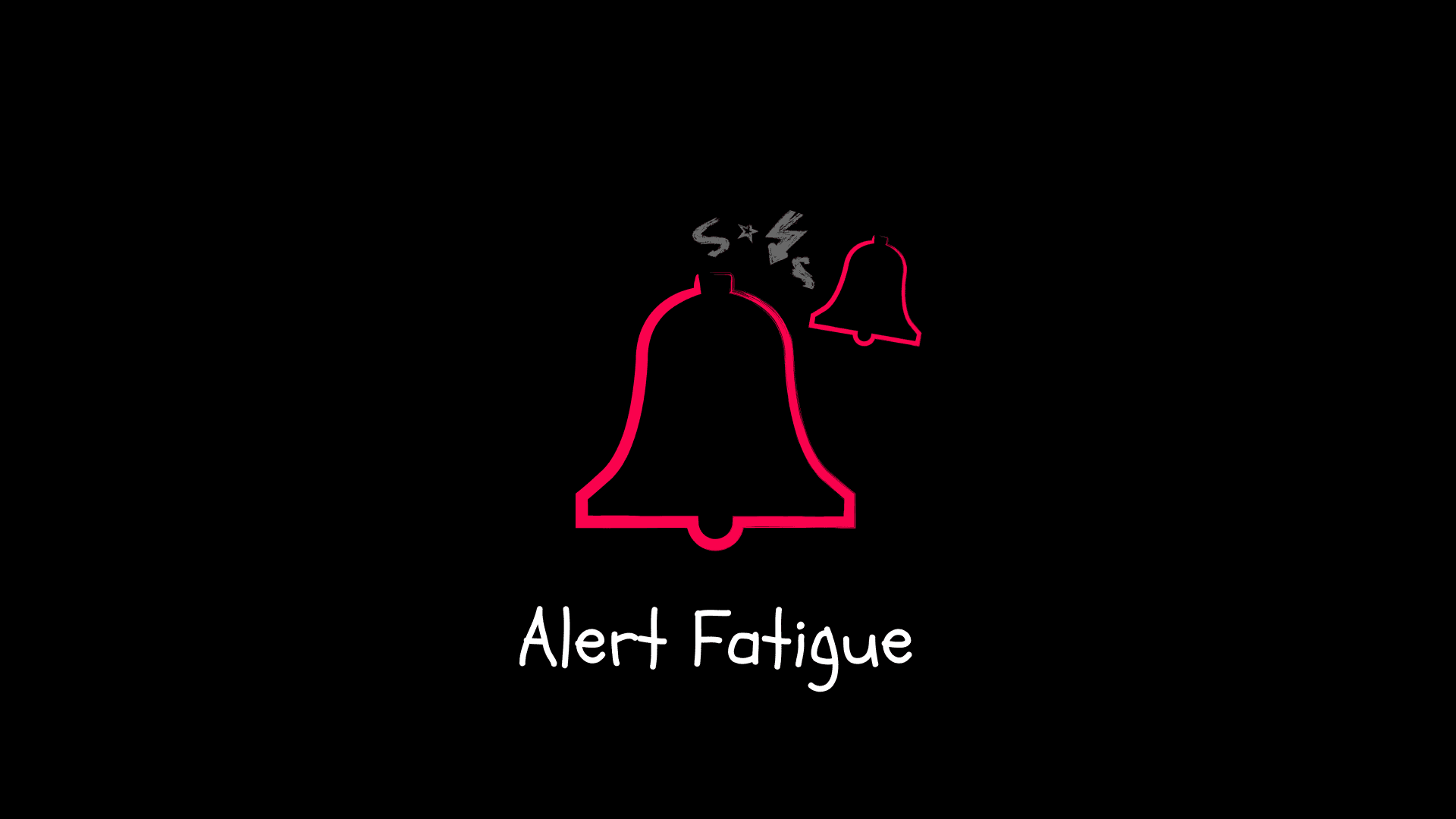How SREs can reduce noise and stay at peace
Battling alert fatigue with actionable strategies for SREs. Learn to refine alerts, automate responses, and prioritize well-being for resilient systems.

Spiros Economakis
Founder & CEO

Battling alert fatigue with actionable strategies for SREs. Learn to refine alerts, automate responses, and prioritize well-being for resilient systems.

Spiros Economakis
Founder & CEO

If we're creating alerts that don't actually go anywhere, and don't actually notify anyone, what are we even doing here?
Most of the system reliability lies on the shoulders of SREs who oftentimes are met with a relentless influx of alerts. When they become so frequent that one must mute Slack channel or dismiss notifications without a second thought, alert fatigue installs. In this post, we’ll delve into what causes this fatigue, how it impacts your systems and well-being, and, most importantly, actionable strategies to combat it.
Alert fatigue happens when SREs receive a high volume of alerts and as a result leading to a reduced response to them. The most common scenario: you’re offline, maybe spending time with family and your monitoring system begins sending alerts. Your initial reaction is to react promptly, but after the tenth alert in five minutes, your brain starts to tune out the urgency. This is alert fatigue in action in short.
Common causes of alert fatigue
We took some real time to use our SRE experience combined with multiple customer interviews and map out the challenges of the industry. And hear everything with empathy in our hearts and solutions in our mind. From our experience and real life or interviews we managed to spot several key themes that emerge regarding alert fatigue and its implications for SREs:
As a mirror response to their concern we put together a list of super simple and efficient solutions:
Refine alerting rules: Start by assessing the sensitivity of your alerts. Is a warning about a short-lived resource spike really necessary? If not, adjust your thresholds or add an evaluation period.
Example: Instead of alerting immediately when memory usage hits 85%, alert only if it stays above this level for a sustained period.
NOFire AI and automation: While reducing alert fatigue is a proactive effort, tools like NOFire AI can automate responses to alerts that do require action. Integrating automation issues can free up mental bandwidth for SREs, allowing them to focus on more complex problems.
Implement a triage method: Categorize alerts by severity, adopt an alert severity protocol and set clear response playbooks Practical tip: Use a tiered system to address urgent issues first and defer minor alerts until regular business hours.
Feedback loops: Regularly review alert performance. Are alerts actionable? If not, revisit the alert logic. Consider setting up monthly alert-review sessions to foster continuous improvement.
Automation and self-healing: Invest in automated solutions to handle routine issues. For example, if a service runs out of memory, can it auto-scale or restart? This approach not only minimizes human intervention but also reduces the alert load.
Alert fatigue is more commonly met in the space of SRE that professionals assume, but not impossible to address. By implementing effective alerting strategies, fostering communication, and prioritizing mental well-being, SREs can navigate the challenges of alert fatigue.
Remember, the higher scope is not just to respond to alerts but to create a reliable and resilient system that serves both the team and the users. So, the next time your monitoring system starts sending alerts, take a moment to assess: is it a true emergency, or just another case of alert fatigue? Your well-being—and your systems—will thank you and take a deep well-deserved breath!
See NOFire AI in action or request access by starting a free trial. If you’re passionate about what we’re building, consider joining our team?
Let’s get back to stop firefighting!
See how NOFire AI can help your team spend less time fighting fires and more time building features.